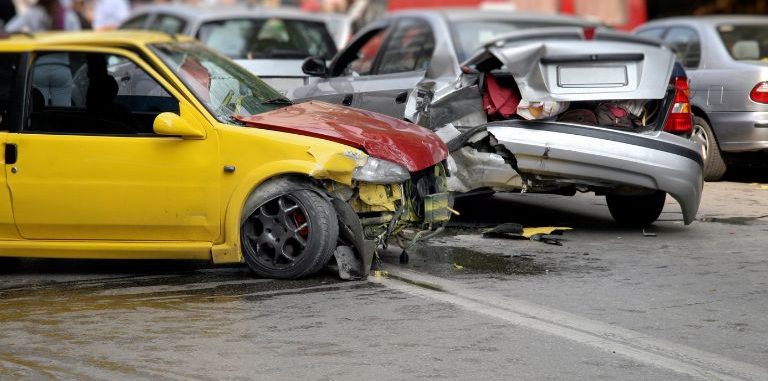California’s Dilemma: Lethal Drivers Still on the Streets
The negative impact of lethal drivers remaining on our roads is an issue California can no longer ignore. Currently, the state lacks the mechanisms to track the frequency of driver’s license reinstations following fatal car accidents. This lack of control allows drivers implicated in fatal accidents to return to the roads worryingly quickly. Putting an end to this dangerous practice is long overdue.
CalMatters conducted a thorough investigation revealing that almost 40% of those accused of vehicular manslaughter in California since 2019 still possessed valid licenses. Still, it’s crucial to distinguish between being charged and being convicted. However, the fact remains that a substantial proportion of these charged individuals were declared guilty or opted to plead guilty.
A significant portion of these recorded cases were either ongoing, dismissed, or could not be fully evaluated. Despite these limitations, the investigation managed to identify eight individuals who had their driving privileges reinstated after facing felony convictions. The investigation was challenging, suggesting that the actual number of such cases may be higher.
California’s efforts to track reinstatements of driver’s licenses following fatal accidents are unsatisfactory. This kind of information is fundamental, and the public deserves to know it. The issues at hand are not only statistical but real-life tragic events that impact families and communities.
In Santa Rosa, a case comes to mind where an intoxicated driver speeding at 90 mph in a 35 mph zone collided with a stationary van. This resulted in the heartbreaking death of a woman and her pet dog. Another incident involved a driver veering into oncoming traffic near Petaluma leading to the tragic death of a 7-month-old infant. By 2023, their licenses were reintroduced.
The state implemented a far-reaching court document sharing system in 2002. However, the strategy was dropped after just a decade, causing vital conviction information to disappear into fragmented record systems. As a consequence, between 2019 and 2024, courts did not report about 400 vehicular manslaughter convictions.
The failure to report such critical convictions meant that dangerous drivers were unnecessarily permitted to retain their licenses. It should have been obligatory for the authorities to revoke these licenses. As a result, the actions (or lack thereof) of the state legislature have come under scrutiny.
The plan of action includes the Assembly Transportation Committee Chair intending to introduce a bill necessitating license revocations to commence post-incarceration rather than in synchronization with the jail terms. While this is a step in the right direction, it does not sufficiently address all the intricate issues plaguing the current system.
Enacting disparate reform measures is not the solution to systemic dysfunction. Instead, the state’s lawmakers must take a holistic approach towards tackling the problem. The solutions should include the implementation of automated conviction reporting systems, setting standardized criteria for license reinstatement, and imposing serious penalties on courts failing to relay crucial safety information.
Most importantly, the state leaders should not mistake this process as merely an exercise to placate the public with a couple of legislative adjustments. This approach will not suffice in ensuring lasting change. Genuine reform will necessitate continuous monitoring and the possible need for further adjustments.
It’s acknowledged that in scenarios where fatal accidents have occurred, the driver at fault may eventually be deserving of a chance to drive again. It would, however, be wrong to restore this privilege hastily. An adequate passage of time and demonstrated responsibility should be the precondition for such reintegration.
In conclusion, the system’s current flaws don’t just pose an issue but a major safety hazard that can’t be overlooked. This narrative serves as a call to action for California’s lawmakers to rectify the situation before more lives are needlessly lost on the roads due to the reckless behavior of reinstated drivers.
Ultimately, the state’s efforts to tackle this problem will gauge the value it places on the lives of its citizens. Ensuring that such drivers can’t return to the roads prematurely after causing fatal accidents is an absolute necessity. In the end, the goal must always be to prioritize public safety and bring lasting reform.


